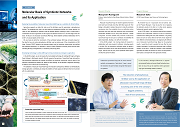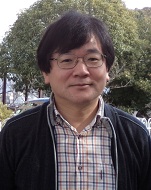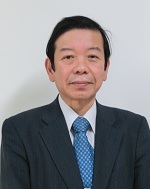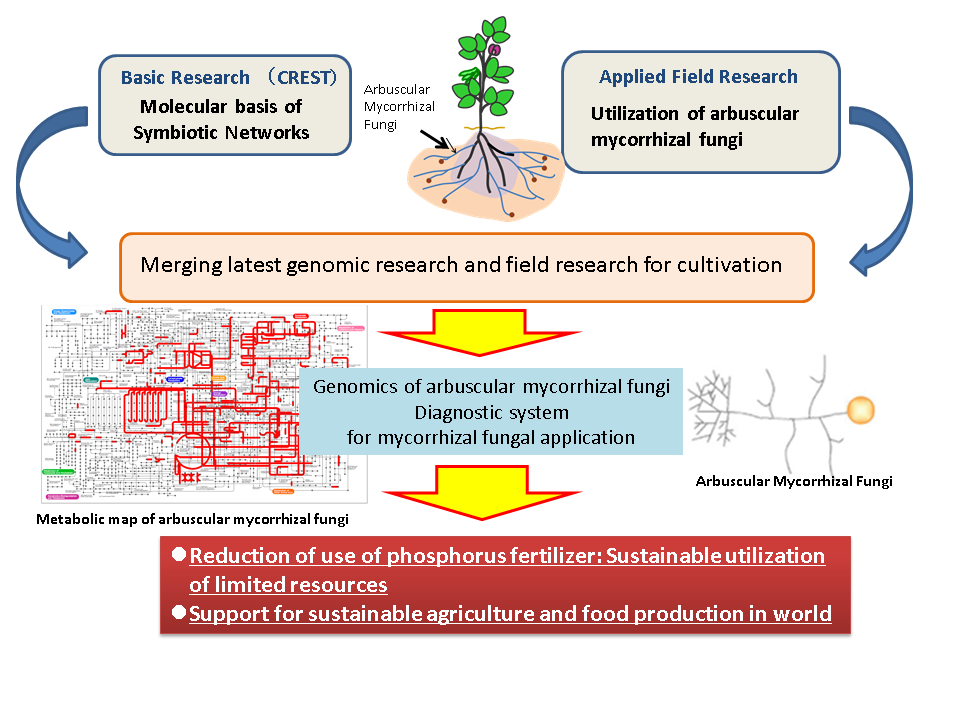- JST Home
- /
- Strategic Basic Research Programs
- /
 ACCEL
ACCEL- /
- R&D Projects/
- Completed/
- Molecular Basis of Symbiotic Networks and its Application
Molecular Basis of Symbiotic Networks and its Application

|
| Brochure PDF |
Research Director

Masayoshi Kawaguchi
(Professor, National Institute for Basic Biology, National Institutes of Natural Sciences)
1992 Ph.D. in Science, Graduate School of Arts and Sciences, The University of Tokyo
1992 Research Fellow, Japan Society for the Promotion of Science
1993 Assistant Professor, The University of Tokyo
2001 Associate Professor, Niigata University
2003 Associate Professor, The University of Tokyo
2009 Professor, National Institute for Basic Biology, National Institutes of Natural Sciences
Program Manager

Masanori Saito
(ACCEL Program Manager, Japan Science and Technology Agency)
1981 Ph.D, The University of Tokyo
1981 Researcher, Tohoku National Agricultural Experiment Station
1993 Head of Laboratory, National Grassland Research Institute
2002 Head of Research Group, National Institute for Agro-Environmental Sciences
2004 Director of Department, National Institute for Agro-Environmental Sciences
2006 Principal Research Coordinator, National Institute for Agro-Environmental Sciences
2006 Visiting Professor, The University of Tokyo
2008 Professor, Tohoku University
2014 ACCEL Program Manager, JST
2018 Professor Emeritus, Tohoku University
Outline of R&D Project
In the CREST project, we have identified a host factor playing a role in the signal transduction pathways shared by arbuscular mycorrhiza (AM) symbiosis and root nodule symbiosis. We have also shown that strigolactones are responsible for transmitting a signal from plants to fungi to establish mycorrhizal symbiosis. Both findings provided us with an insight into the molecular infrastructure that supports AM symbiosis as well as root nodule symbiosis.
In the ACCEL project, we will bring these findings into the field-based research to evaluate the applicability. We will perform field inoculation experiments in multiple locations in Japan to evaluate the efficacy of arbuscular mycorrhizal fungi in terms of reduction of phosphorous fertilizer use. Simultaneously, we will sequence the genome of mycorrhizal fungi to gain insights into the molecular basis of obligate symbiosis. Our goal is to develop a diagnostic technology for effective use of arbuscular mycorrhizal fungi to reduce use of phosphorus fertilizer and to enhance the applicability of this novel technology in the field. It has been widely recognized that such technology is in urgent need.
Arbuscular mycorrhizal (AM) fungi
AM fungi that establish symbiotic relationship with plants on the roots. The fungi receive photosynthetic products (e.g., sugar) from plants in exchange for nutrients (e.g., phosphate) and water, which the fungi extracts from the soil through their hyphae.
Strigolactone
A class of chemicals that regulate growth and development of plant (plant hormones). Strigolactones are secreted from roots depending on the availability of the nutrient in the soil and regulates shoot branching. It also plays an important role in the branching of hyphae of AM fungi.
Phosphorous fertilizer
Due to the limited supply of phosphorous, efficient use of this limited resource is inevitable. Japan is 100% dependent on import to meet its domestic demand, most of which is for agricultural use. For this reason, reducing phosphorus fertilizer use is of particularly crucial.















